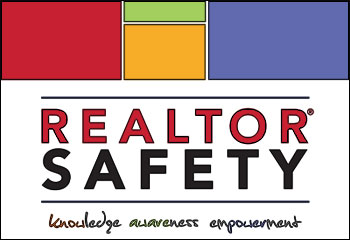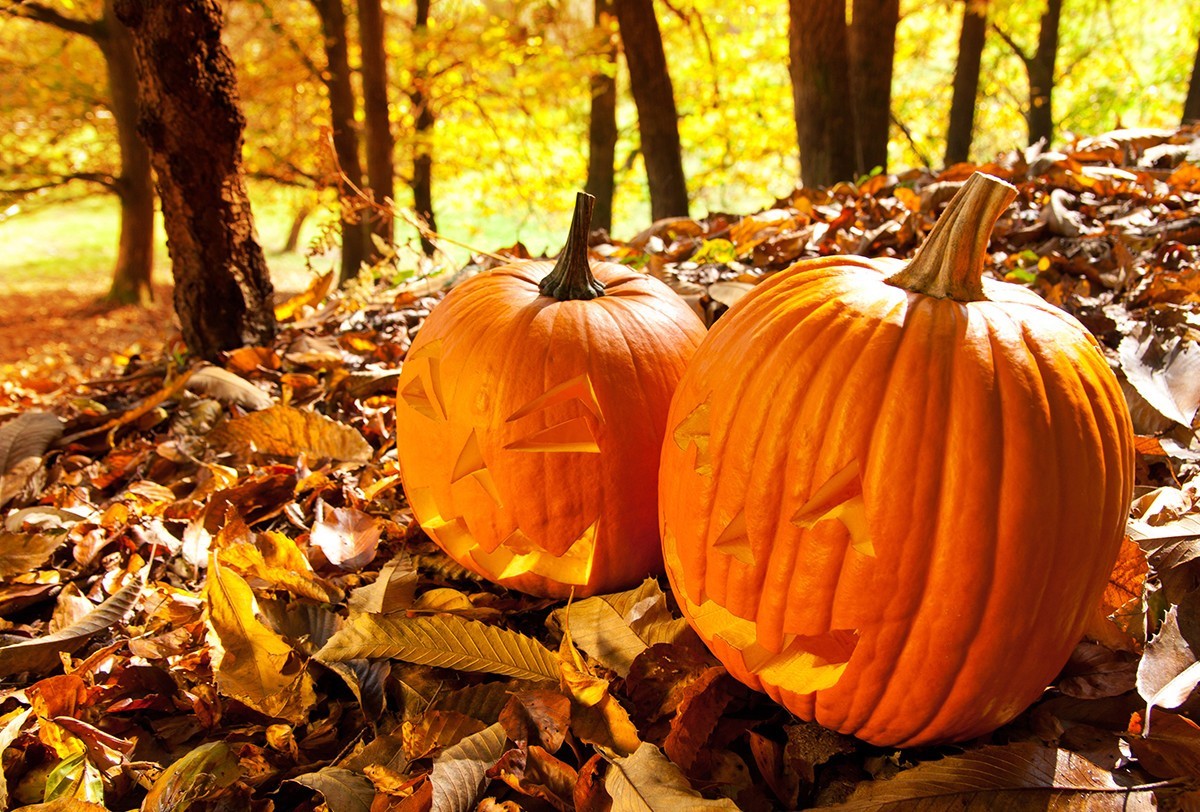
Before you light that first fire of the season, you'll want to check that your fireplace and chimney are working properly
The charming fireplace in your new home is one of the details you love most. No doubt you’re eager to enjoy its warm glow with family and friends. But before you light up the first log, it’s important to make sure that both your fireplace and chimney are in safe working order. Here are some tips to help you determine what you can do yourself and what’s best left to a pro:
Examine the Firebox
Look for any cracks, gaps, or signs of wear in the lining of the firebox (the interior of the fireplace). If the lining has deteriorated to the point that the steel body beneath it is visible, you’ll need to have it professionally repaired. Otherwise, excessive heat can build up inside your fireplace and cause permanent damage, says Tom Spalding of the Chimney Safety Institute of America (CSIA).
Look for Telltale Smoke Stains
Smoke stains can be another signal that your fireplace isn’t functioning properly. If you see stains on the ceiling, smoke could be escaping from a gap between the hearth and the firebox, warns Spalding. This is most likely because the hearth has settled — not an unusual occurrence in an older home. When this settling occurs, sparks that fall into the gap can send up smoke, “essentially acting as a secondary chimney,” Spalding says. You’ll need a mason, skilled handyman, or fireplace professional to fix this.
You may also notice smoke stains above the fireplace opening. In this case, the problem may be the flue damper, a mechanism with a hand-operated lever that helps you control the air flow into the fireplace. If the lever is damaged or caked with gunk, you may not be able to open or close the damper completely, which can cause smoke to leak out of the fireplace. Again, a professional can determine if the mechanism can be fixed or if it needs replacing.
Is the Grate Too Large?
When it comes to your fireplace grate, bigger isn’t necessarily better. According to the CSIA, a metal grate used to hold burning firewood should be no more than two-thirds the size of your fireplace opening. An oversized grate may tempt you to pile on too much wood, and the resulting flames can dangerously overheat your fireplace. If your grate is too large, replace it with a smaller one that’s more appropriate for your needs.
Check Your Chimney
You may not want to climb up on your roof to peer into the chimney. However, that doesn’t mean you should ignore it. Getting your chimney inspected is one of the most important steps you can take before using your fireplace.
“The biggest mistake homeowners make is to simply assume that their chimney is in working order,” says Spalding. In fact, that kind of guesswork helps to account for an average of 22,700 chimney fires annually between 2010 and 2012, according to the CSIA.
The National Fire Protection Association (NFPA) recommends an annual inspection of your chimney by a qualified professional. You can expect to pay between $100 and $300 for the service, depending on your location. The findings can clarify whether your chimney needs cleaning or repair.
Last But Not Least
Once the fireplace and chimney in your new home are in tiptop shape, you’re almost ready to build your first crackling fire. Before you do, remember a couple of safety tips: Always know where your fire extinguisher is, and make sure it’s fully charged and ready to use (the CSIA recommends a 5-pound model with a flexible hose). Remember to always open the flue before you start a fire. Close it when not in use to save energy. Finally, make sure you’ve stocked up on enough seasoned firewood to enjoy your new fireplace whenever the mood strikes.
Read more: http://www.houselogic.com/home-advice/fireplaces-chimneys/dont-fire-your-new-homes-fireplace-until-you-read/#ixzz3pmiyg6e1
Follow us: @HouseLogic on Twitter | HouseLogic on Facebook














Comments